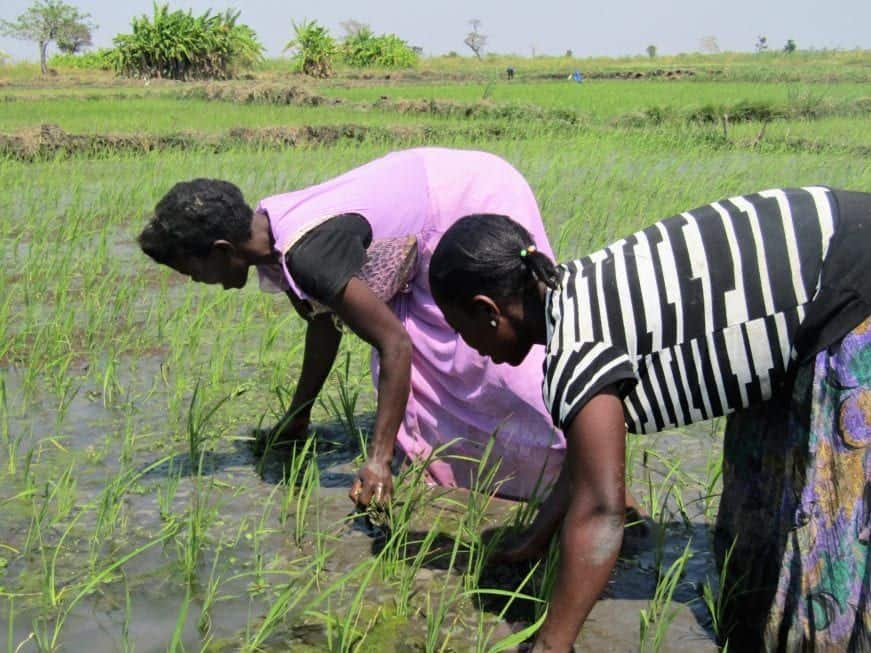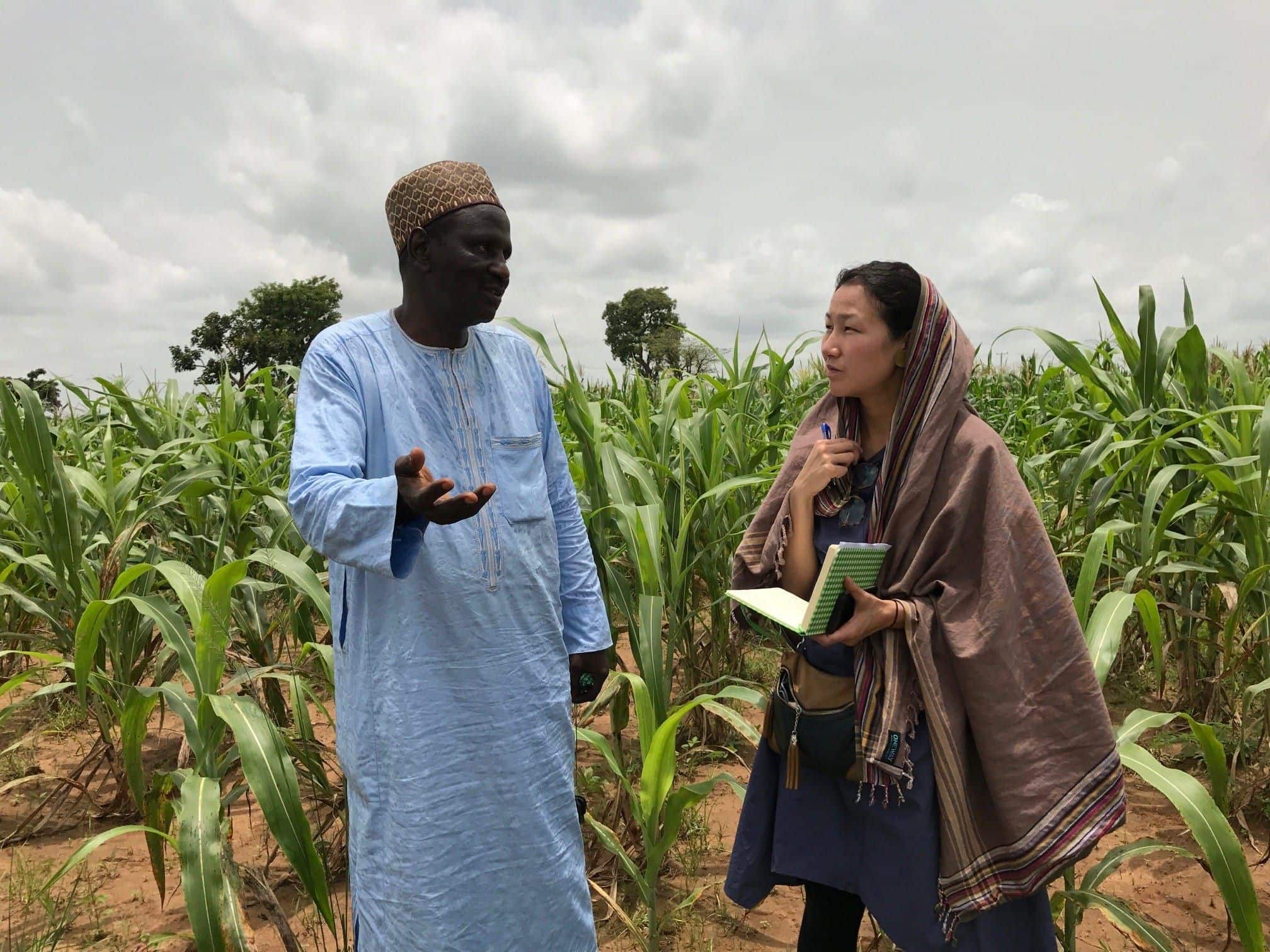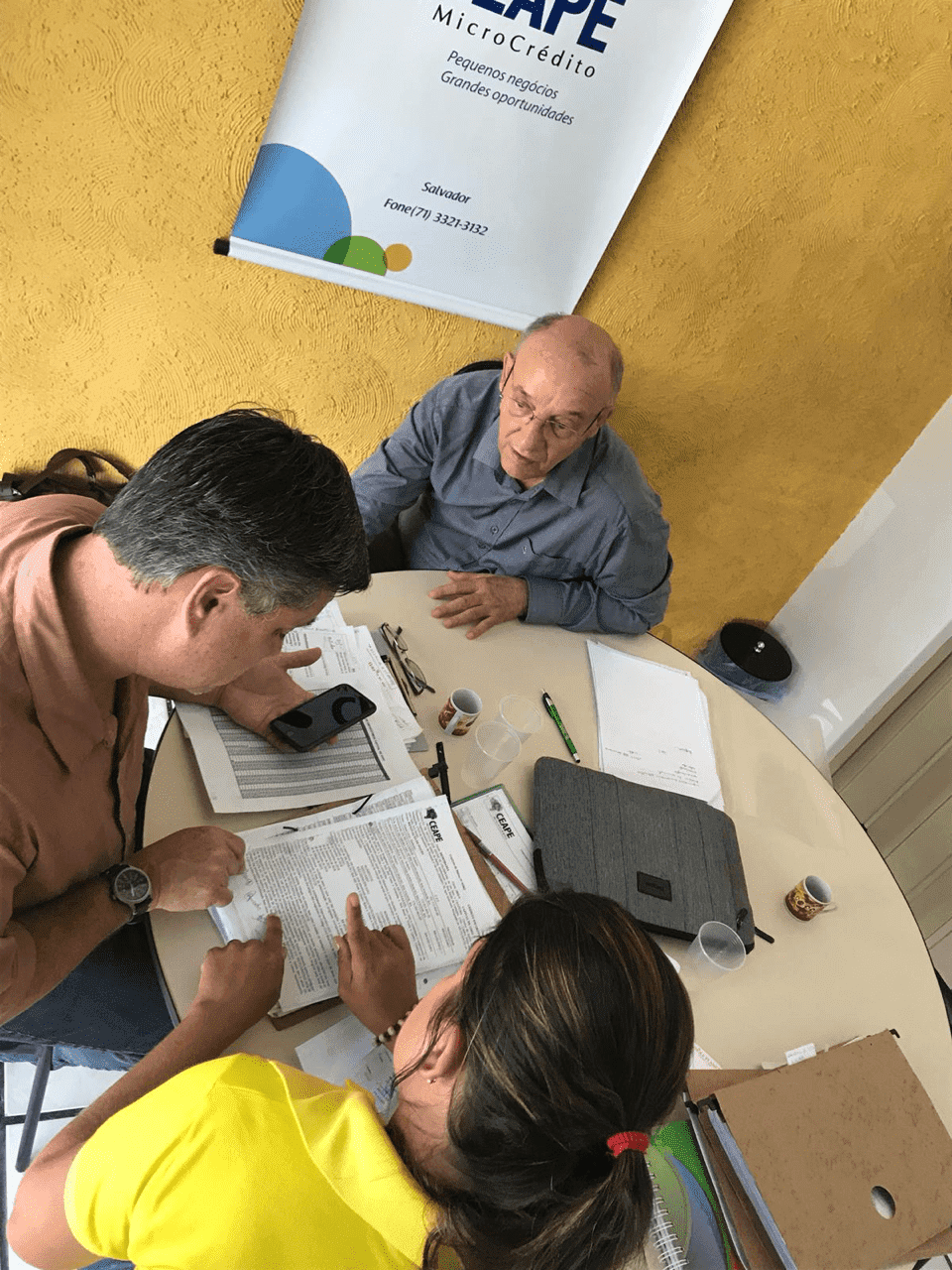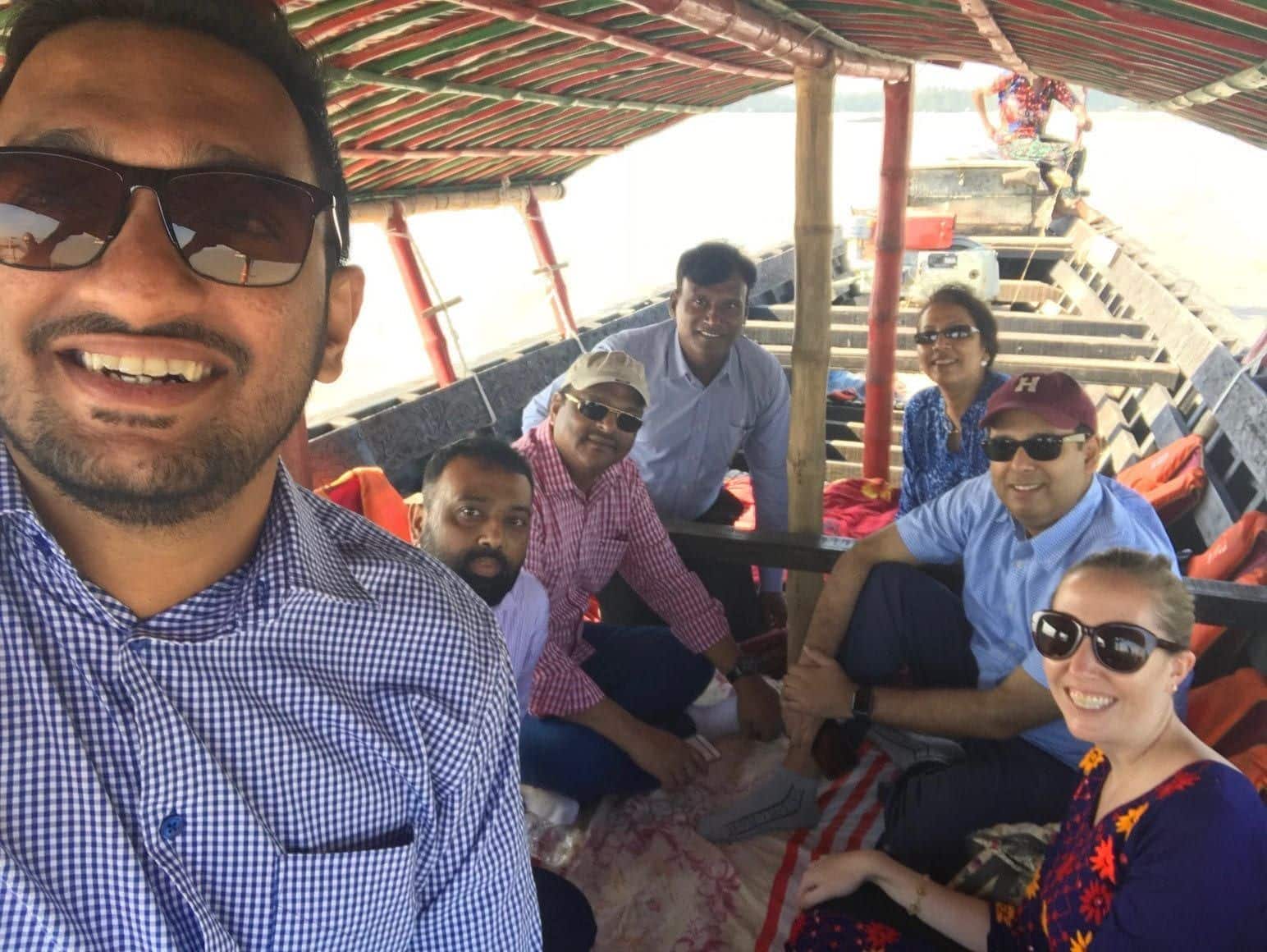There are some deep biases embedded in philanthropy and aid. These biases favor channeling resources to international and expat-led companies over local organizations.
Some startling numbers which illustrate this trend include:
- “Less than 2% of all humanitarian funding goes directly to local NGOs, despite them taking the lion’s share of the risk and often being better placed to deliver, according to aid insiders.” [1]
- “International humanitarian assistance sent directly to local and national actors as a proportion of all international humanitarian assistance decreased from 3.5% in 2018 to 2.1% in 2019.” [2]
- From 2011-2015, Only 5.2% of grant dollars directed to Sub-Saharan Africa from US foundations went to local organizations. [3] (Globally, 11.7% of grant dollars directed to international programs from US foundations went to local organizations).
- “Of the top 10 African-based startups that received the highest amount of venture capital in Africa last year, eight were led by foreigners.” [4]
The benefits and challenges of local solutions
It seems obvious that local solutions from local entrepreneurs have many strengths: long term staying power, shared lived experience and deep knowledge of the community, creating local employment, capital and resource retention — just to name a few. So why aren’t philanthropists, donors, and investors channeling more money directly to local organizations and leaders?
Funders might say it’s difficult to do because of minimum grant or investment ; scale and outreach targets; the organization’s inability to manage reporting requirements, or simply the time it might take to identify and manage smaller organizations which don’t have the same name recognition and systems as more established large NGOs.
Local entrepreneurs in Africa share some of the barriers they encounter when trying to access capital to grow in this article, and this one. They don’t have the right networks and aren’t at the right conferences to meet potential funders. The company’s budget or ask isn’t big enough to meet the funder’s minimum thresholds. . They don’t use the right lingo. Funders sometimes assume that local entrepreneurs are simply less trustworthy than ones with expatriate backgrounds.
The barriers cited on both sides mirror each other, but they are presented in very different terms. For funders, many of the points are framed as a cost-benefit analysis: what is the impact value for dollars and time spent? The local entrepreneurs see things differently: that the system is inherently rigged against local entrepreneurs because of the high barriers to entry that are laced with neo-colonial attitudes and racial biases.
Funding choices have lasting consequences
The traditional relationship between a funder and the organization seeking support has a built-in power imbalance. Funders have a fiduciary responsibility to ensure the funds they manage are well spent, while striving to run efficient operations. It’s easy to see how funders often end up acting as gatekeepers, and gravitating towards partners who are deemed less risky – for example, more established organizations that offer economies of scale, and who can reach impressive numbers, or to companies that come with a stamp of approval by other funders, creating an echo chamber effect. Add to that mix the fact that most funders of global development initiatives are coming from the United States and Europe. The assessment of risk and reward has a high chance of carrying implicit biases. What a funder might see as a necessary accountability measure, a local organization may see as a barrier to entry built on a racially tinged lack of trust.
So how do we bridge this gap? By “re-defining risk, emphasizing trust, and reflecting the community.”
How can we do better?
Whole Planet Foundation is a US based philanthropy with global outreach. To date, we’ve funded organizations in 77 countries. Our mission is to support financial inclusion of microentrepreneurs. It’s a core part of our founding philosophy to try to do things differently from “traditional” aid and philanthropy. A vast majority of our funds go to local organizations who provide financial services directly to the entrepreneurs we seek to support. We’re lucky that Whole Foods Market covers all of the overhead costs of the foundation, helping us ensure that 100% of our donor funds go to partners. Our field team members are based in the regions they serve and spend most of their time on the road visiting partners to maintain direct relationships. We also find ways to promote local agency – for example, we hold a Field Officer Appreciation Award in every region as a way to highlight the efforts front line staff. We have worked hard to stay close to the ground.
But we can always do better, and lately we’ve been thinking about how to be more inclusive in our funding. How do our understanding of impact, our processes and our requirements to be more inclusive? Recently, we’ve taken two concrete steps as we continue our journey to have even deeper local engagement.
The first step lowers some barriers to entry in our funding criteria. In late 2019, WPF launched an initiative to make our funds more accessible to smaller organizations. We lowered the minimum funding commitment size and project period. We are more flexible in accepting early stage companies who may not have their systems in place yet. This initiative helps us to bring in new partners who can grow with Whole Planet Foundation. It also helps us maximize the impact of our funds, especially in markets where microfinance institutions are few, moving upmarket, or have outgrown the type of support we give. And it means we can support organizations who have nascent operations but are doing innovative things to deliver last-mile financial services to vulnerable and niche communities. GGEM is the first partner we funded under this mechanism. The farmers featured at the top of this post are clients of GGEM’s initiatives to reach remote farmers with access to opportunities. We’re hopeful to make more commitments under this initiative soon, once COVID restrictions lift.
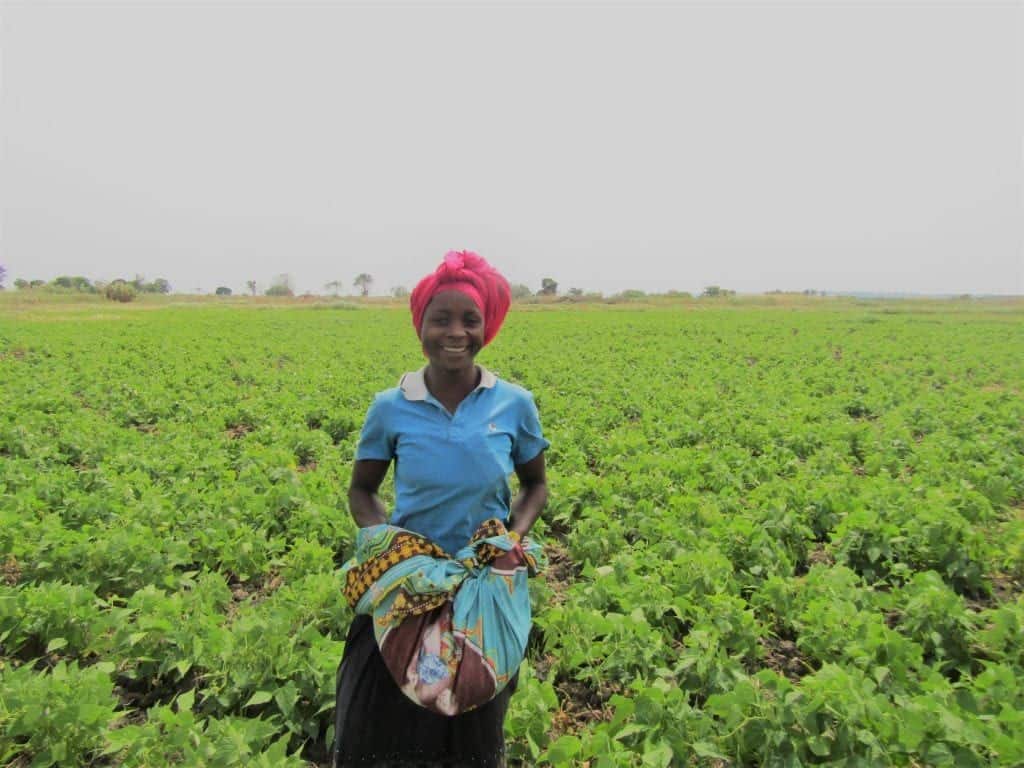
A client of Whole Planet Foundation’s partner, GGEM Farming stands in front of her field in Malawi.
The second step is to give more weight to local ownership when we assess partners, both before we make commitments and during the partnership. In our responsible finance checklist tool, we added a category specifically addressing local representation in ownership and decision making, staff hiring and promotion practices, and community participation in program development.
We’re also thinking about some other strategies in the longer term. There are some things we won’t be able to do, at least not yet, because of our programmatic focus, or resource constraints, or simply because change takes time. I’m personally inspired by some approaches I’ve seen taking shape in the sector– co-leadership models; funders who actively solicit and incorporate feedback from partners; donors who give unrestricted funding; and organizations that have taken intentional steps to make sure their staff come from local communities. It’s a difficult and humbling journey to unpack your own biases, and then to try to do something about it. We hope to continue this important journey in close collaboration and honest discussion with our partners and stakeholders.
References
[1] Less than 2% of humanitarian funds ‘go directly to local NGOs’
[2] https://devinit.org/resources/global-humanitarian-assistance-report-2020/funding-effectiveness-and-efficiency/
[3] (pg 31, The State of Global Giving by US Foundations, Council on Foundations)
[4] https://www.theguardian.com/business/2020/jul/17/african-businesses-black-entrepreneurs-us-investors

